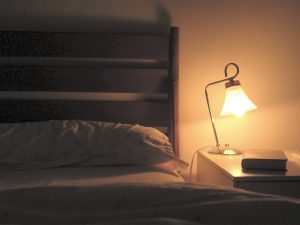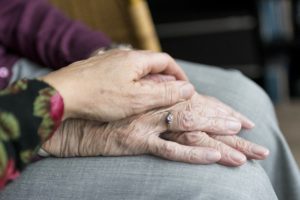 Legal Help for Families Hurt by Hospice
Legal Help for Families Hurt by Hospice
While abuse in hospice care might happen very rarely, it unfortunately does occur. Here’s what you need to know about the most common hospice care abuses and how to seek help if your loved one was harmed.
What We Expect from Hospice Care
There are a few different kinds of hospice care, including:
- private in-patient hospice (where the patient is a resident)
- home care
- hospital units and/or teams dedicated to providing the service to hospitalized patients
In all of the above cases, families turn to hospice to provide respectful, compassionate end-of-life care. Hospice teams typically work carefully to give patients a good quality of life in their last days. This includes pain medication, social and emotional support, and even spiritual care.
While most hospice programs do incredible work, unfortunately, in some rare cases, hospice workers fail at their duties or even abuse their patients. And when hospice care goes wrong, it impacts patients and their families during the most vulnerable times in their lives.
Unlike with some other kinds of personal injury, the damages aren’t about how long the person might have lived were it not for the abuse. Instead, insurance and the courts will consider the patients’ quality of life and suffering they experienced.
 The Most Common Types of Hospice Care Abuse
The Most Common Types of Hospice Care Abuse
1. Negligence
Negligence occurs when a carer harms the patient by lack of attention. Examples might include: bedsores, lack of hygiene, or lack of facility security.
Proper hospice care looks exactly the opposite. Most families rightly assume hospice will offer their loved ones private and thoughtful attention as a fundamental part of the service.
2. Malpractice
Malpractice means a health care provider acts outside the normal standard of care and harms the patient as a result. Common examples in a hospice setting include giving the wrong treatment or overprescribing a dangerous or incorrect drug.
With malpractice, the carer’s actions have to be different from what other providers would do in the same situation.
3. Fraud
Fraud happens two main ways in hospice:
First, providers may overbill the government (in the case of Medicare) or insurance companies (in the case of private insurance). With hospice care, it’s particularly easy to claim a person needs a specific kind of care when they don’t. They may overprescribe medication or even encourage your family to start hospice care when it isn’t needed.
The government has entire task forces to track down and prosecute Medicare fraud, including from hospice providers.
Second, fraud might occur as a form of elder abuse or identity theft. In-home hospice carers have special access to an individual’s private life and can build deep trust with their patients. Families using in-home care should protect themselves from potential elder abuse in advance by setting up power of attorney and monitoring any open bank accounts.
 Help for Victims of Hospice Abuse
Help for Victims of Hospice Abuse
Again, these cases happen rarely, but the results can be devastating.
When a carer takes advantage of a hospice patient, they violate a family’s trust when it’s needed most. Families dealing with end-of-life care are one of the most vulnerable populations we have. And the whole point of hospice is to keep them comfortable; so if they do the opposite, you may have a case.
For decades, our Memphis elder abuse lawyers have supported and defended victims of abuse in nursing homes, hospitals, and hospice settings.
We treat our clients like our own family, and we know your loved ones mean the world to you. Our compassionate and dedicated team fight to get you the justice you deserve, and we don’t win a thing unless you do. We know we can’t make everything right, but we can stand beside you and make it a little easier.
If you or a loved one has been a victim of hospice abuse, you may be entitled to compensation. Contact us today for a free conversation. Call 901-327-2100 or use the form on this page.
